
If you’re like me, you’ve often given your Koi fish a glance over to see if they’re okay. Dropsy is a symptom that should be taken seriously, and every Koi owner needs to know what to look out for. In this article, we’ll cover what Dropsy is, what it looks like in Koi, as well as treatment and prevention options.
Dropsy, known as Bloater or Pinecone disease, is not a koi disease at all. Dropsy is a bacterial infection stemming from a greater health problem that may not be easy to detect at first. The bacterial infection from Dropsy in Koi infects their liver and kidneys before shutting them down. Because Dropsy is typically an end-stage bacterial infection, it carries a high mortality risk even if treated.
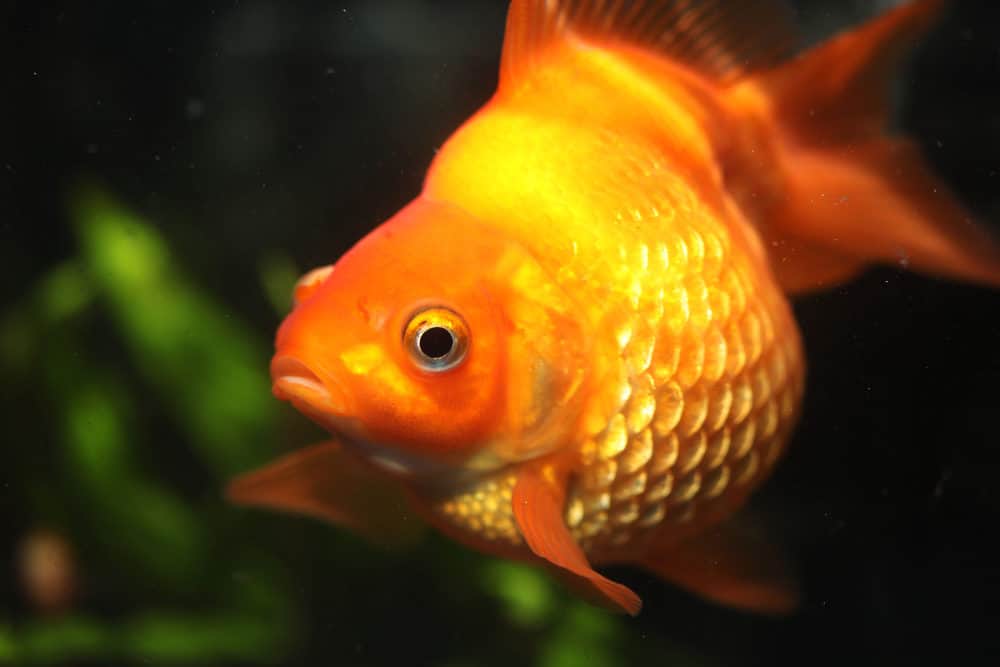
Dropsy in Koi can be caused by many different factors. Some of these can be attributed to parasites, improper diet, or simply overstocking your pond. While these aren’t the only causes of Dropsy in Koi, these are among the more common.
When it comes to bacterial infection, there are two main culprits--Pseudomonas and Aeromonas. These two bacteria are around your Koi daily but don’t pose a threat when your Koi’s immune system is strong. These bacteria breed on the sick fish’s excrement and become more susceptible to harm your Koi as the environment becomes dirtier.
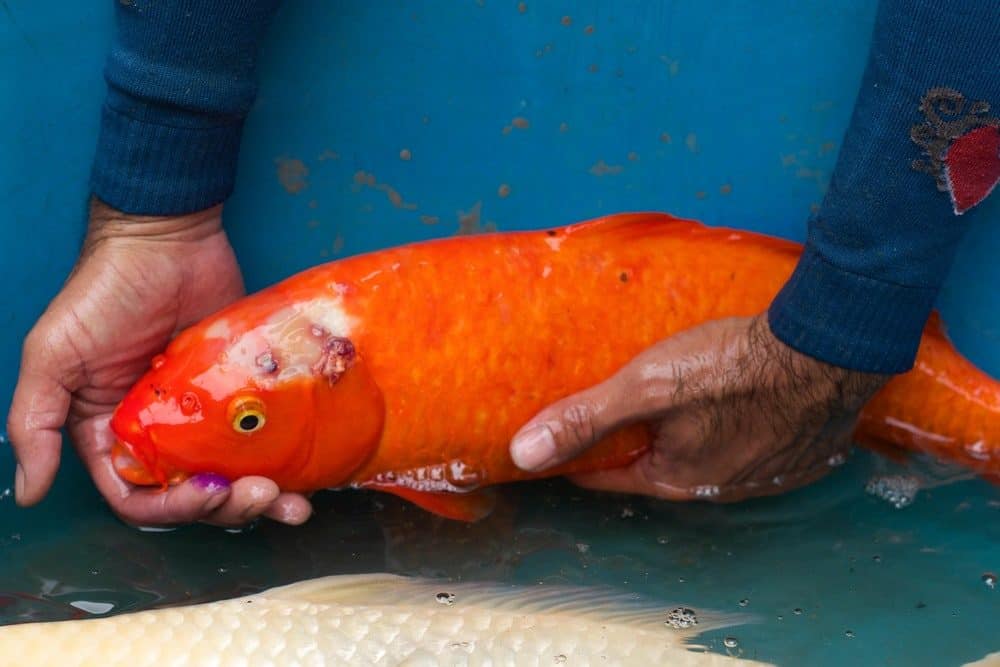
Though on the rarer side, parasites can cause Dropsy in Koi by causing open wounds which harmful bacteria can enter, such as ulcers. This is more prone to happen in ponds, where Koi is typically stocked at a higher number, and other wildlife may be introduced to the pond. Unlike Dropsy itself, parasites will spread from host to host, meaning that every Koi in the pond is susceptible to Dropsy as a symptom.
When the parasites feed, they simultaneously damage organs and siphon much-needed nutrients. Extracting the parasite from the Koi doesn’t guarantee it won’t have Dropsy since the internal organs could already be severely damaged.
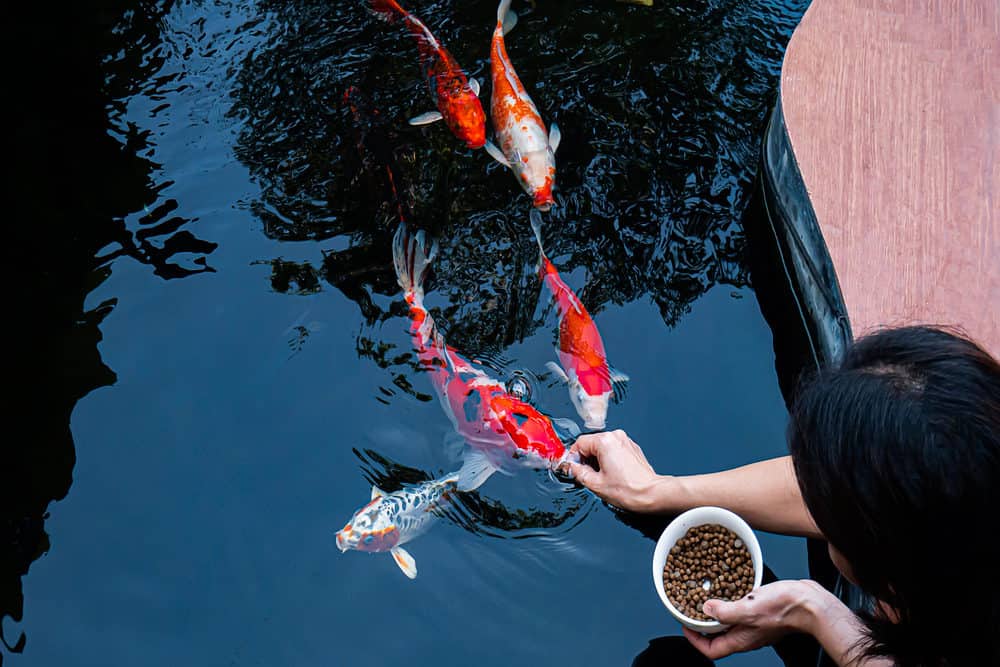
A Koi’s immune system can’t function correctly if it’s not getting the nutrients that it needs. Not feeding your Koi enough, or simply the wrong food can cause your Koi to become stressed. When this happens, your Koi’s immune system starts to weaken, which only invites bacteria like Pseudomonas and Aeromonas to enter.
Having a crowded aquarium tank or pond can invite many illnesses that Dropsy is a symptom of. Overcrowding can lead to stress on your Koi. This can be because it’s not properly adjusted to its new environment, lack of food, or bullying from other fish over food.
Having an overstocked pond means that bacteria like Pseudomonas and Aeromonas can breed at a quicker rate. With a high number of bacteria floating in the water, every illness could see Dropsy developing as a symptom.
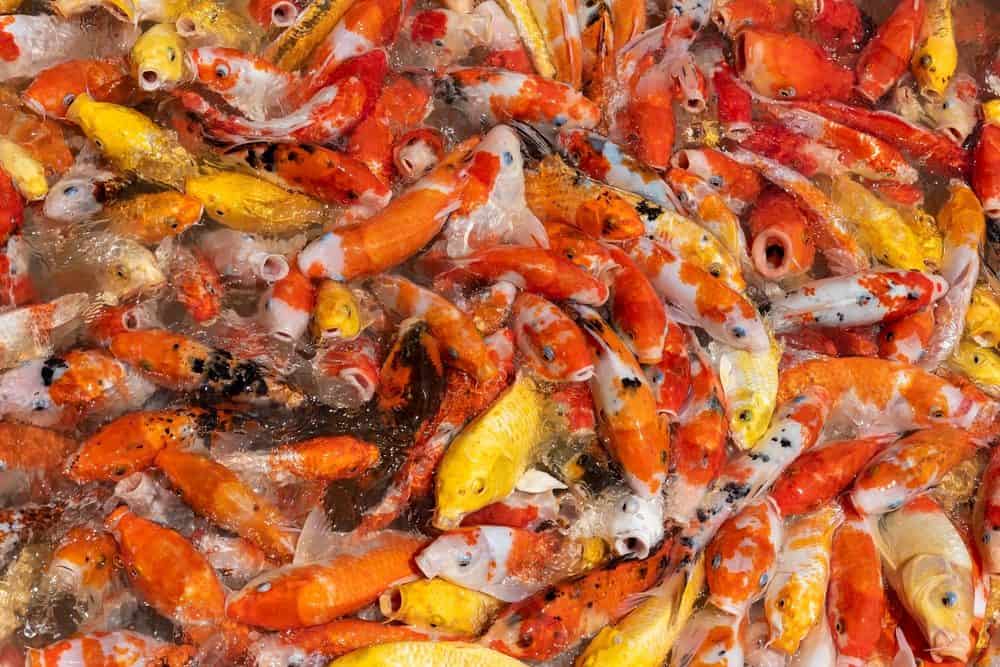
Some of the earliest signs of Koi Dropsy overlaps with many other illnesses. Your Koi may spend more time at the bottom or top of the tank than usual, it has a lack of appetite or doesn’t appear as if it can't balance properly. The balancing issue stems from a swollen body caused by the organs not being able to process excess fluid.
The bloated underbelly of the affected fish is one of the first physical symptoms you may notice about your Koi. This same bloating can cause raises the scales on your Koi, making it resemble a swimming pinecone. Other physical symptoms can take the shape of bulged eyes and stringy excrement.
By the time you can observe the physical symptoms, the Dropsy will most likely prove fatal, as many of the physical symptoms are caused by the organs shutting down.
To properly treat Dropsy, you’ll have to catch it in its initial stages. Luckily, you have many avenues to choose from when it comes to treatment. These are quite simple, but require you to keep a close eye on your Koi’s Dropsy.
While Dropsy isn’t contagious, you may want to quarantine your Koi to better treat them. Doing this can help you better decide if Dropsy is only a problem with an individual Koi and not the population. If the Dropsy is being caused by a parasite, this will allow you to extract it without the risk of it finding another host.
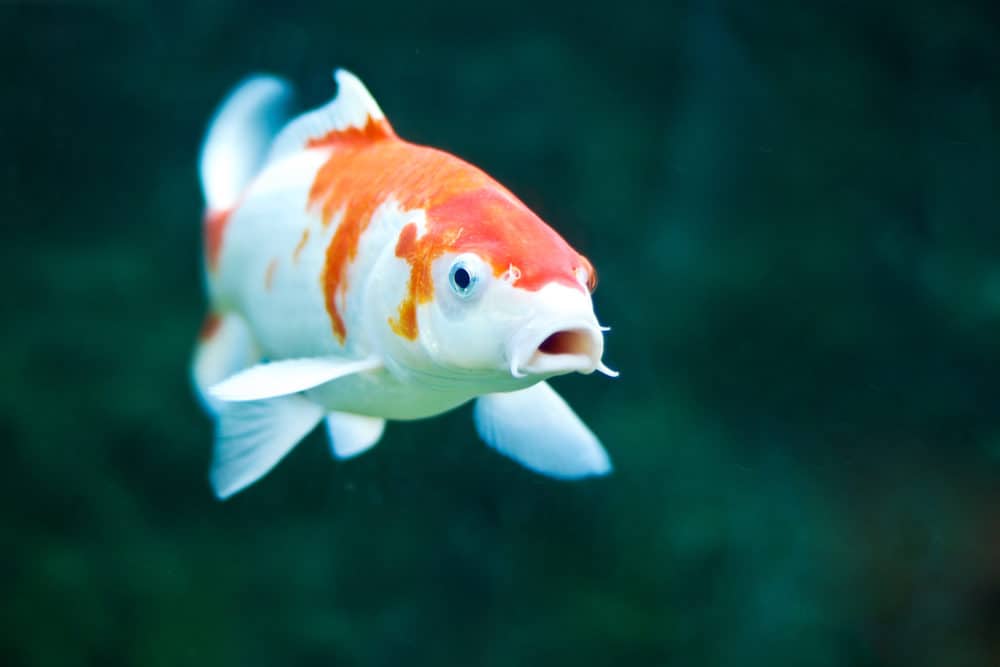
If your Koi is in its own aquarium, adding salt into the water is a great help. The salt will help clean many of the wounds that are caused by exuding scales and will halt the infection from progressing quickly. The rule of thumb here is one tablespoon of salt per gallon of water in your tank. Make sure to change the water every few weeks, so new bacteria don’t form in the tank.
This treatment option is one of the quickest and easiest available to you, though many require a prescription from your local vet. The most common, Baytril, works to stop the progress of infection in the Koi’s organs, primarily the kidney and liver, which are attacked the hardest. Even though this treatment sees the highest success rate in treatment (When combined with others), it’s not capable of stopping advanced infections.
You may even be able to find this treatment in the form of pellets, which can be given to your Koi as food instead of a regular injection.
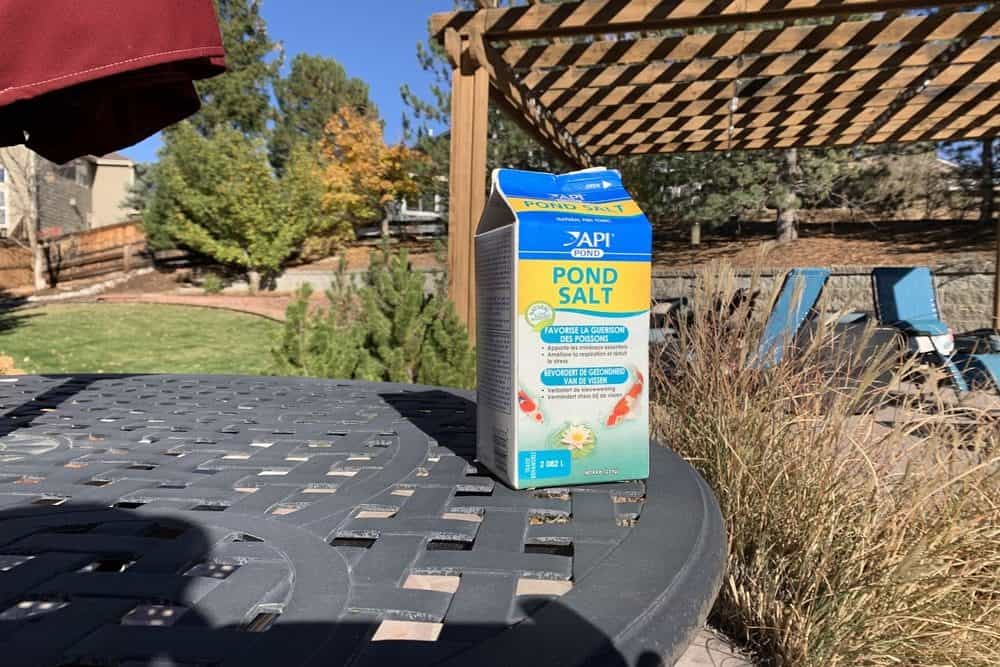
Prevention of Dropsy in Koi can be done in easy steps, much like treating Dropsy in its early stages. Regularly caring for your Koi’s environment can decrease the chance of Dropsy becoming a problem.
Whether your Koi are swimming in a tank or pond, it’s imperative to keep the water clean to help fight off harmful bacteria. Poor water quality can lead to these harmful bacteria breeding and causing illnesses, paving the way for Dropsy to be a problem for multiple Koi.
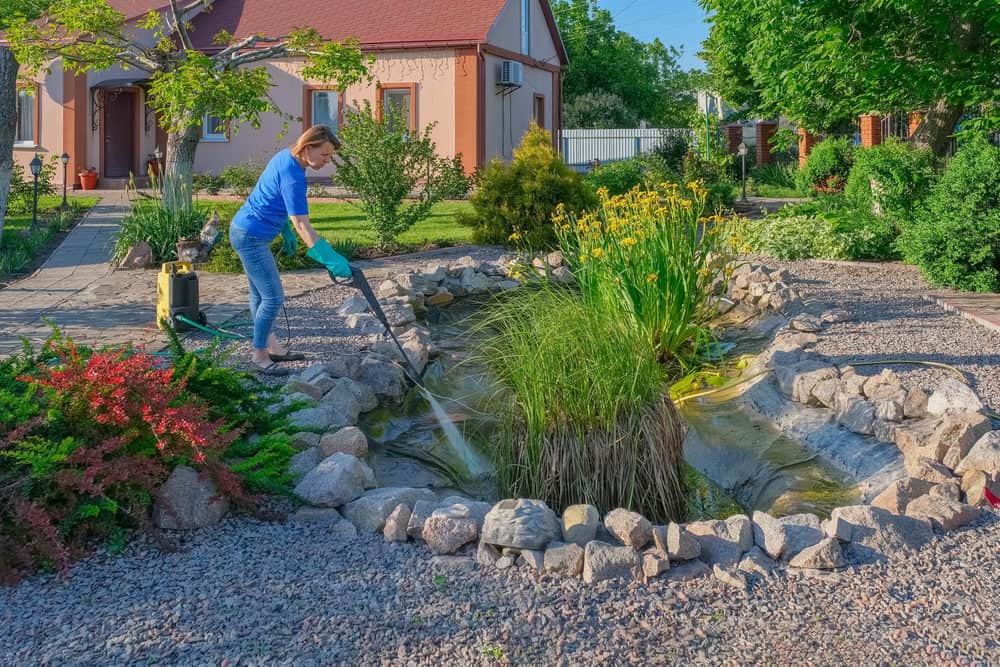
If your Koi pond is small (5000 gallons or less), be sure to replace 10-15% of the pond water on a weekly basis to avoid bacteria buildup. For those with a larger pond (5000+ gallons), you should replace 5-10% every week. Koi owners with tanks may benefit from placing an activated-carbon filter inside and replacing 25-50% of the water every week.
If your Koi doesn’t seem to be a fan of the current brand of food you are using, you may want to change it up. Make sure that adult size Koi are getting bars of food, while smaller-sized and baby Koi get pellets and flakes. The nutritional value varies from brand to Koi because many brands can be focused on one breed. Grabbing an all-season, all Koi-based feed can ensure that your diverse Koi pond receives all the nutrients it needs.
If you keep your Koi inside a tank, make sure that the temperature is within 65-75 degrees Fahrenheit. If your water is below 65 degrees Fahrenheit, your Koi’s internal system is going to begin slowing down, putting its immune system at risk. For lower ranged temperatures, be sure to feed your Koi easily digestible food such as flakes to help out their digestive system.
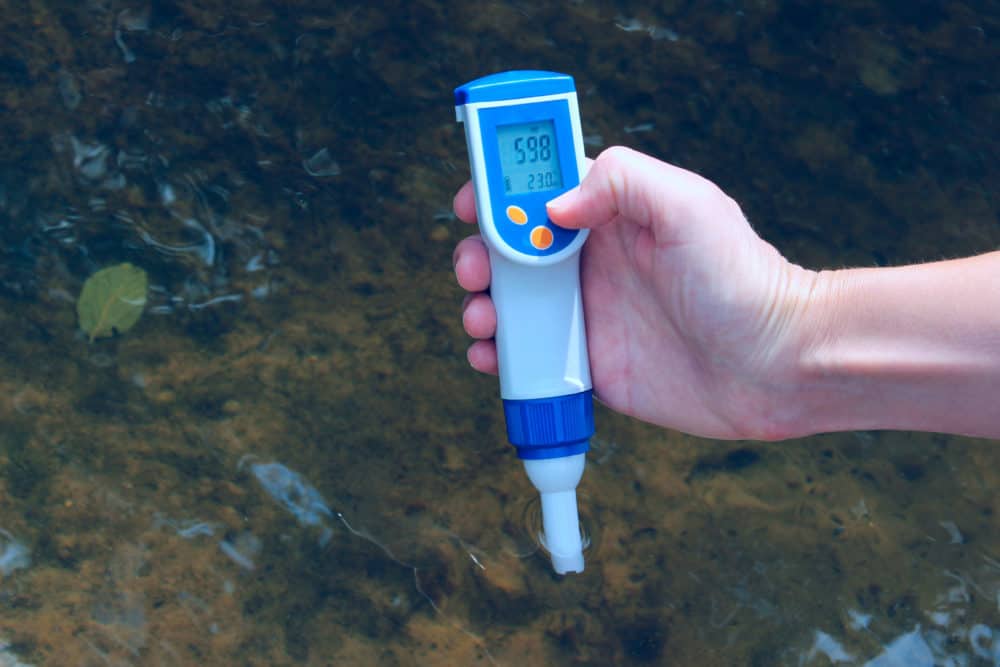
In warmer bodies of water, the risk of harmful bacteria breeding increases. This becomes more of a problem when multiple Koi inhabit the same body of water, as they may pass viruses that can cause Dropsy.



